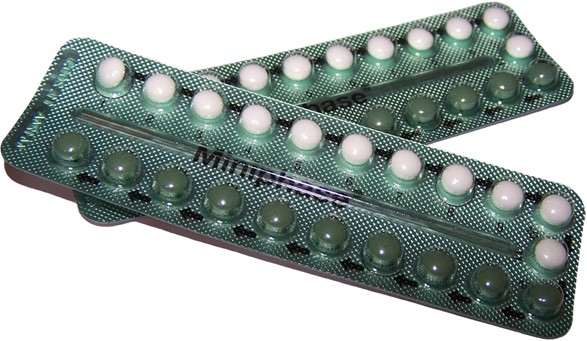A nurse is assessing a client who has cirrhosis.
Which of the following findings is the priority for the nurse to report?
Distended abdomen.
Clay-colored stools.
Platelets 70,000/mm.
Alkaline phosphatase 125 units/L.
The Correct Answer is C
Platelets 70,000/mm.
The priority finding for a nurse assessing a client who has cirrhosis to report is a platelet count of 70,000/mm.
A low platelet count (thrombocytopenia) can be a complication of cirrhosis and can increase the risk of bleeding.
A platelet count below 150,000/mm3 is considered low and should be reported to the provider.
Choice A is incorrect because while a distended abdomen can be a sign of ascites, a complication of cirrhosis, it is not the priority finding to report.
Choice B is incorrect because while clay-colored stools can be a sign of biliary obstruction, it is not the priority finding to report.
Choice D is incorrect because while an elevated alkaline phosphatase level can be a sign of liver damage, it is not the priority finding to report.
Nursing Test Bank
Naxlex Comprehensive Predictor Exams
Related Questions
Correct Answer is B
Explanation
- A. "You should ask your provider about your plan." This response is appropriate because it acknowledges the client's desire to explore alternative treatments while directing them to the appropriate source for medical advice. It promotes client autonomy and ensures they receive accurate information from their healthcare provider.
- B. "Tell me what you know about chemotherapy." This response is also appropriate. It encourages the client to express their understanding and concerns about chemotherapy, allowing the nurse to identify any misconceptions and provide accurate information. This also opens the door for the client to express their concerns about vitamins and minerals, and why they want to persue that treatment.
- C. "I have never heard of any holistic treatment that is effective." This response is inappropriate because it dismisses the client's preferences and demonstrates a lack of respect for their autonomy. It also displays a lack of knowledge, as some holistic treatments can be used as supportive therapies.
- D. "The best way to treat your cancer is chemotherapy." This response is inappropriate because it is directive and does not allow the client to participate in decision-making. It also does not address the client's desire to explore alternative treatments.
Correct Answer is A
Explanation

Oral contraceptive use is a risk factor for the development of DVTs.
Choice B is incorrect because cirrhosis is not a known risk factor for DVTs.
Choice C is incorrect because hypertension is not a known risk factor for DVTs.
Choice D is incorrect because NSAID use is not a known risk factor for DVTs.
Whether you are a student looking to ace your exams or a practicing nurse seeking to enhance your expertise , our nursing education contents will empower you with the confidence and competence to make a difference in the lives of patients and become a respected leader in the healthcare field.
Visit Naxlex, invest in your future and unlock endless possibilities with our unparalleled nursing education contents today
Report Wrong Answer on the Current Question
Do you disagree with the answer? If yes, what is your expected answer? Explain.
Kindly be descriptive with the issue you are facing.
